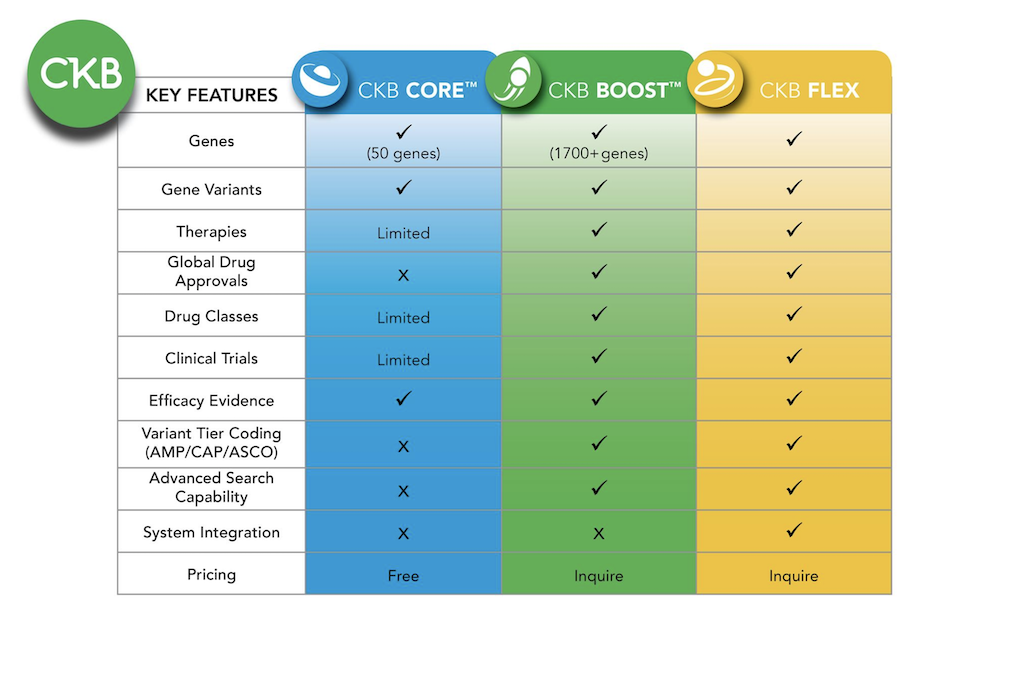Gene Detail
Contact
Missing content? – Request curation!
Request curation for specific Genes, Variants, or PubMed publications.
Have questions, comments, or suggestions? - Let us know!
Email us at : ckbsupport@jax.org
| Gene Symbol | MDM2 | ||||||||||
| Synonyms | ACTFS | hdm2 | HDMX | LSKB | ||||||||||
| Gene Description | MDM2, MDM2 proto-oncogene, is an E3 ubiquitin protein ligase that mediates Tp53 degradation and therefore, regulates apoptosis and cell-cycle (PMID: 27993876). Amplification and/or overexpression of MDM2 has been identified in several cancer types (PMID: 23303139, PMID: 31440117) and amplification is common in liposarcoma (PMID: 30237864) and has been observed with Mdm2 overexpression in anaplastic lymphoma kinase (ALK)-negative inflammatory myofibroblastic tumors (PMID: 32195970). | ||||||||||
|
|||||||||||
Additional content available in  CKB BOOST
CKB BOOST
